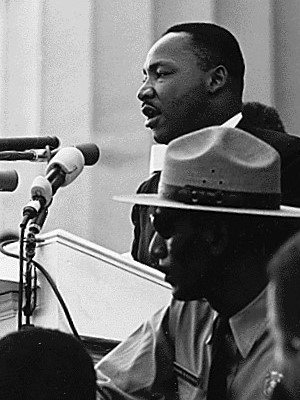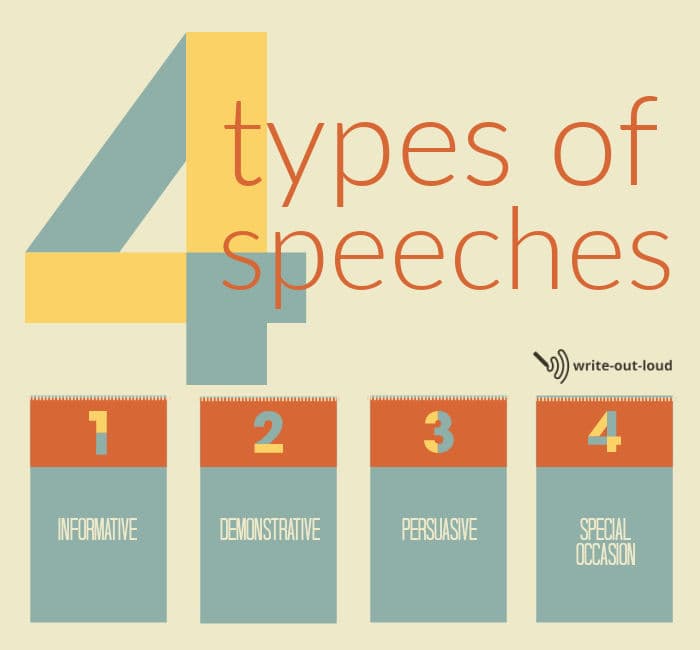Language techniques are strategies that speakers use to communicate effectively and persuade their audience. These techniques can be used to convey meaning, evoke emotions, and build credibility. In speeches, language techniques can be used to grab the attention of the audience, clarify ideas, and leave a lasting impression. Some common language techniques used in speeches include repetition, rhetorical questions, metaphors, and emotional appeals.
Repetition is the repetition of a word or phrase for emphasis or clarity. It can be used to drive a point home or to make an idea more memorable. For example, a speaker might say, "We need to act now, now, now to address this crisis." This repetition of the word "now" creates a sense of urgency and emphasizes the importance of taking immediate action.
Rhetorical questions are questions that are asked for effect, not to elicit a response. They are used to engage the audience and to make a point. For example, a speaker might say, "How can we expect to solve this problem if we don't even try?" This rhetorical question encourages the audience to think about the issue and consider the implications of not taking action.
Metaphors are comparisons between two seemingly unrelated things that are used to help explain or illustrate an idea. They can be used to make a complex concept more accessible and to add depth and richness to a speech. For example, a speaker might say, "Life is a journey, not a destination." This metaphor compares life to a journey, implying that the journey itself is more important than the destination.
Emotional appeals are appeals to the audience's emotions, such as fear, hope, or anger. These appeals can be used to motivate and inspire the audience. For example, a speaker might say, "We cannot let fear hold us back. We must stand together and face our challenges head on." This emotional appeal to courage and determination can inspire the audience to take action.
Overall, language techniques are an important tool for speakers to communicate effectively and persuade their audience. By using repetition, rhetorical questions, metaphors, and emotional appeals, speakers can grab the attention of their audience, clarify ideas, and leave a lasting impression.







